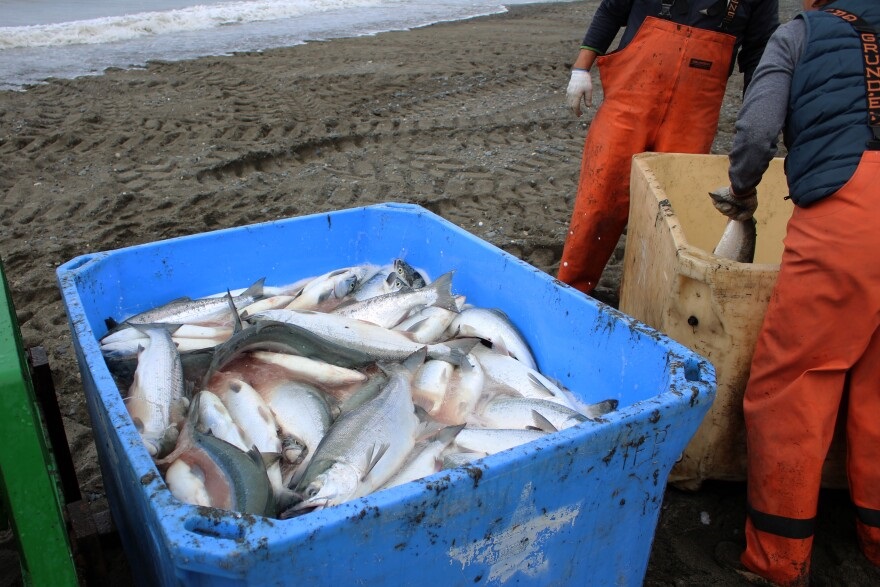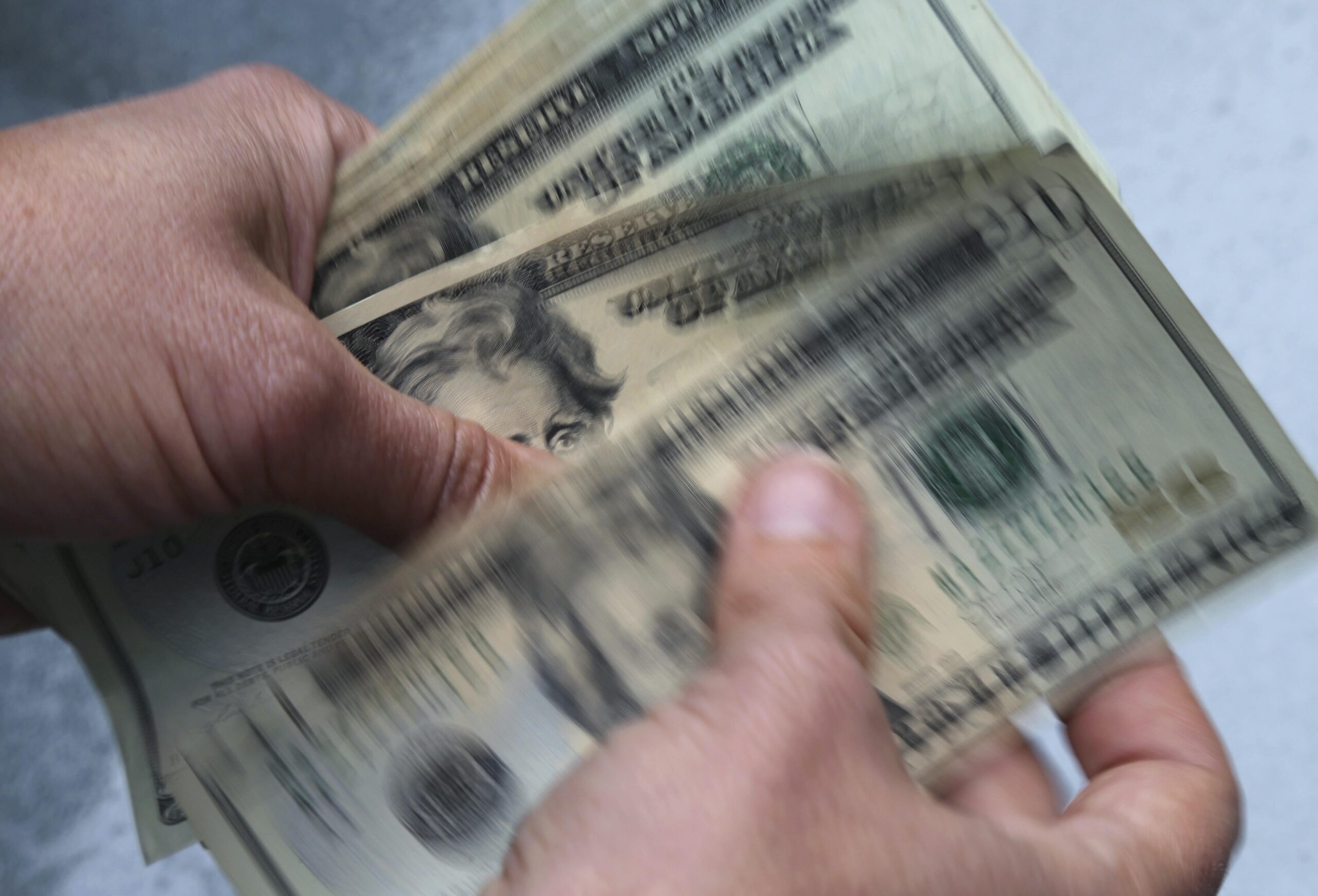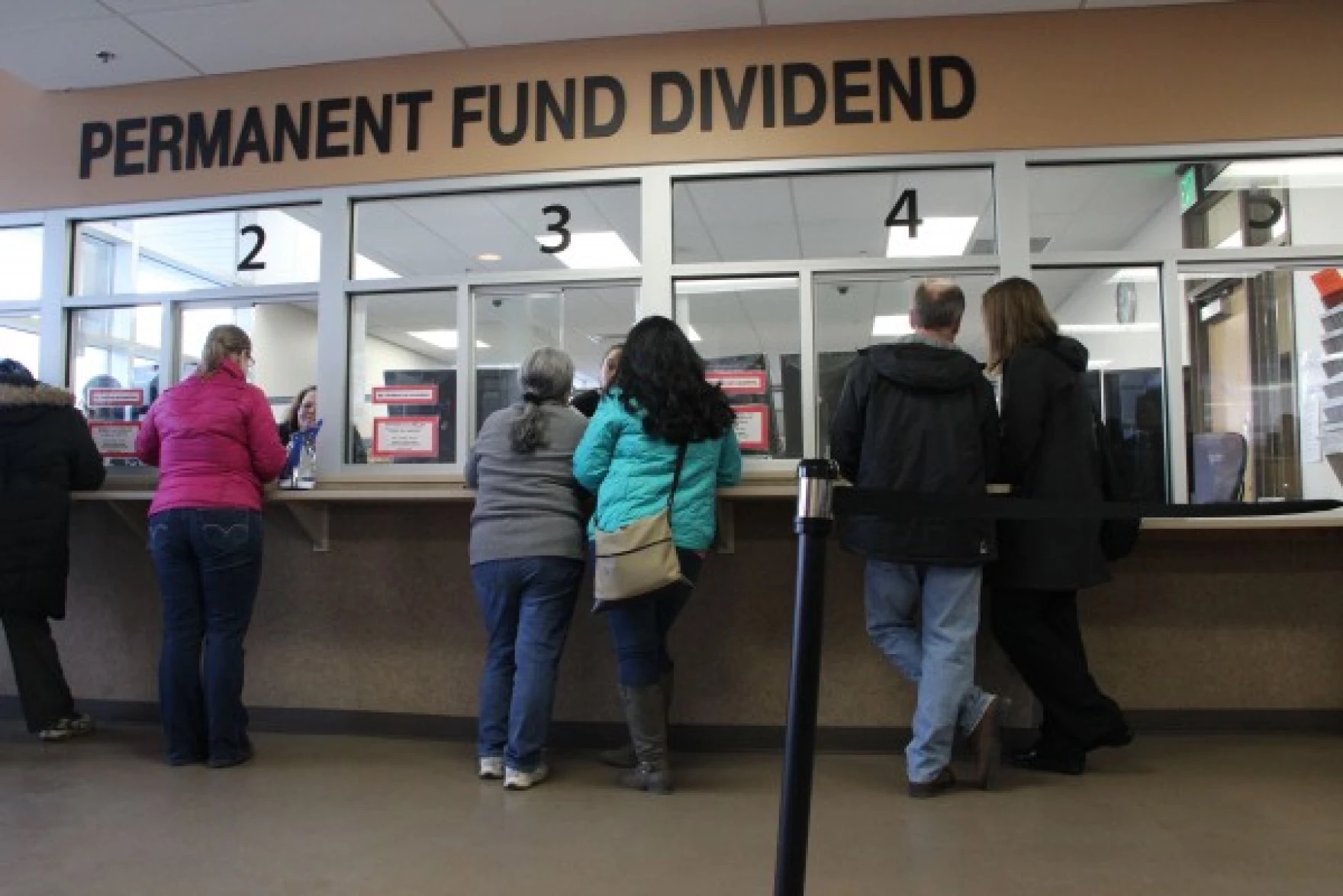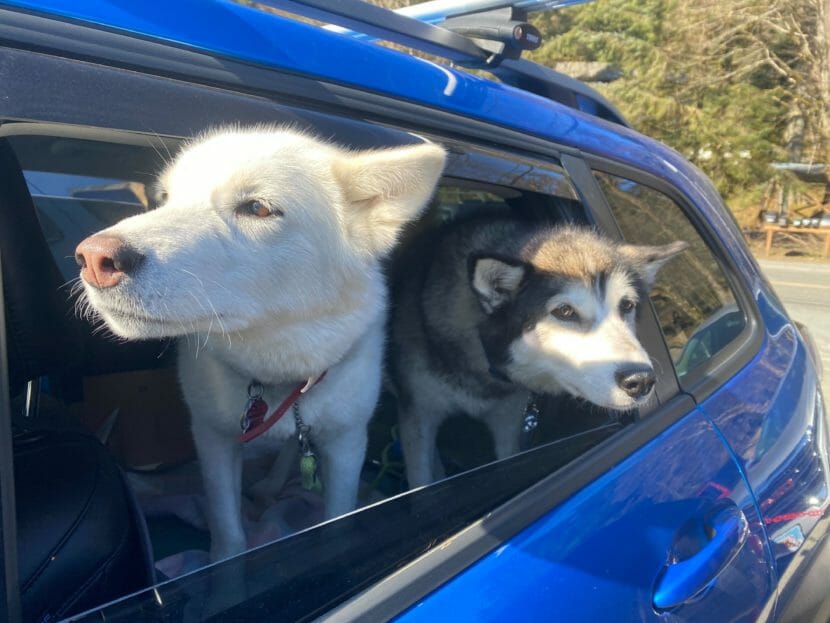ARTICLE AD BOX
 Brian and Lisa Gabriel transportation cleanable sockeye salmon betwixt totes astatine a food tract connected Thursday, July 18, 2024 adjacent Kenai, Alaska. (Ashlyn O’Hara/KDLL)
Brian and Lisa Gabriel transportation cleanable sockeye salmon betwixt totes astatine a food tract connected Thursday, July 18, 2024 adjacent Kenai, Alaska. (Ashlyn O’Hara/KDLL)
The world’s largest sockeye salmon tally was larger than mean this year, but nan percent of those food that were harvested commercially was little than normal, and individual food weighed successful astatine nan smallest size connected record, nan Alaska Department of Fish and Game reported.
Bristol Bay’s sockeye salmon tally totaled 51.6 cardinal fish, much than a 3rd higher than nan preseason forecast of 37.9 cardinal food and astir 7% higher than nan mean complete nan past 20 years, according to nan department’s preliminary numbers, released this week.
The full sockeye harvest was 31.6 cardinal fish, astir 5% beneath nan 20-year average, nan section said. That near ample numbers of sockeye salmon to return each nan measurement to their freshwater spawning sites, a position called escapement. An estimated 20 cardinal sockeye salmon made that afloat return trip, and escapement goals for that type were met aliases exceeded successful each areas of nan system, nan section reported.
An important facet was nan mini size of nan individual fish, Fish and Game officials said.
Salmon sizes successful Bristol Bay and elsewhere person trended down successful caller decades. This year, nan mean sockeye salmon weight was 4.53 pounds, nan smallest connected record, according to nan department.
Even though fishers put successful a normal harvest effort, nan size of nan food posed challenges, said Tim Sands, nan Fish and Game biologist for nan Nushagak/Togiak area wrong nan Bristol Bay region.
“In my territory they were very small, and nan fishermen missed them. They went done their nets,” Sands said. That acquisition appeared to person been repeated astir Bristol Bay, he said.
There are aggregate reasons for nan mini size, Sands said.
One is nan age-group constitution of this year’s run, he said. About 80% of nan returning sockeye spent 2 years increasing retired successful nan water alternatively than 3 years, he said. Typically, two-ocean-year and three-ocean-year food are much evenly matched, and successful immoderate years, location are much of nan second group, he said.
There besides look to beryllium much wide and longer-term trends affecting Bristol Bay sockeye sizes.
In overmuch of coastal Alaska, salmon sizes person shrunk over nan past decades. The alteration is most melodramatic successful Chinook, but it has affected different salmon type arsenic well.
 Average weight of Bristol Bay sockeye salmon, 1980–2024. (Graph provided by nan Alaska Department of Fish and Game)
Average weight of Bristol Bay sockeye salmon, 1980–2024. (Graph provided by nan Alaska Department of Fish and Game)Among nan imaginable reasons for that alteration successful salmon size, according to scientists, are warmer water temperatures linked to ambiance change that summation nutrient needs, faster maturity successful warmer h2o that causes food to return to spawn astatine younger ages, competition for nutrient resources in nan water aliases immoderate operation of those conditions.
Sands said that different facet affecting this year’s full Bristol Bay sockeye harvest was a four-day harvest closure in precocious July successful nan important Egegik district. That was imposed by regulators successful consequence to wide forbidden sportfishing there.
The worth of this year’s sockeye harvest was importantly little than nan mean complete nan past 2 decades. Payments to fishers for their salmon upon transportation totaled $128.1 million, according to preliminary information, 34% little than nan 20-year mean of $193.4 million.
However, it was an betterment from past year, erstwhile nan worth of nan Bristol Bay sockeye harvest was only $117.4 million.
While nan full magnitude of sockeye salmon harvested was little than past year, this year’s sockeye salmon value was astir 30 cents per lb higher, Sands said.
“That’s rather a large bump up, percentage-wise,” he said.
The mean per-pound value for Bristol Bay sockeye was only 52 cents past year, according to an earlier Alaska Department of Fish and Game report.
Fishers successful Bristol Bay and elsewhere successful Alaska endured extremely debased prices in 2023, a business caused successful ample portion by a glut connected nan market.
Runs of different salmon type successful Bristol Bay were little than normal.
The Chinook run, which has been mediocre successful past years, continued nan trend. This year’s tally into nan Nushagak River, nan astir important tract for Bristol Bay Chinook, was 85% beneath nan 20-year average, and nan escapement target was not met. The Chinook harvest, pinch a preliminary full of 6,895 fish, was 82% beneath nan 20-year mean and nan lowest successful those 2 decades, nan section reported.
“They’re a banal of interest connected nan Nushagak River, and we’re doing what we tin to protect them,” Sands said.
The chum salmon return was comparatively low, but it showed betterment complete caller years’ totals. The chum tally totaled 506,541 fish, according to preliminary figures, a full 50% little than nan 20-year mean but higher than immoderate twelvemonth since 2019.
The coho salmon harvest this twelvemonth was 28,804 fish, 70% beneath nan 20-year average, according to nan department’s preliminary numbers. There was a pinkish salmon harvest of 76,199 fish, according to nan department’s data, but those are mostly food caught incidentally successful nan sockeye harvest. Pink salmon escapement successful Bristol Bay is not tracked and nan section does not person overmuch accusation astir it, Sands said.
Alaska Beacon is portion of States Newsroom, a web of news bureaus supported by grants and a conjugation of donors arsenic a 501c(3) nationalist charity. Alaska Beacon maintains editorial independence. Contact Editor Andrew Kitchenman for questions: info@alaskabeacon.com. Follow Alaska Beacon on Facebook and X.









 English (US) ·
English (US) ·  Indonesian (ID) ·
Indonesian (ID) ·